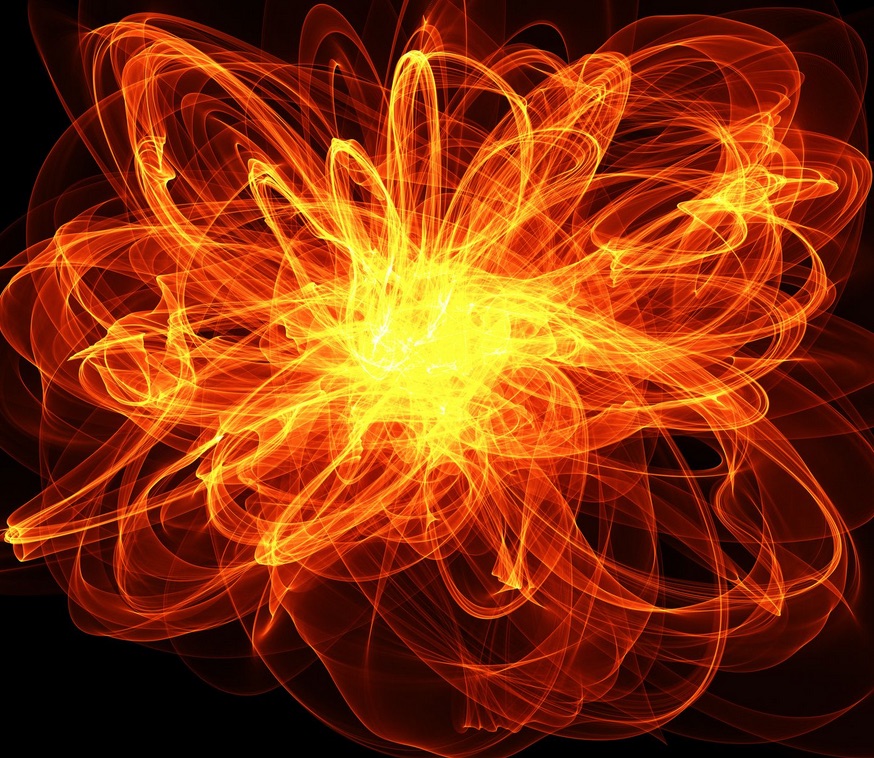It’s simple: a chemical reaction that occurs naturally could be used to generate electrical energy. This ecologically friendly technology, if harnessed properly and if contained in a generation unit compact enough, could power electric motors, a house or other devices. Better yet, it would come at a lower cost while, at the same time, reducing the carbon footprint. That said, there are challenges to consider.
First things first
Start with the basics. How does an electrolytic chemical reaction work? According to the Bodner Group, in the Division of Chemistry Education at Purdue University, “the first law of thermodynamics states that the energy given off in a chemical reaction can be converted into heat, work, or a mixture of heat and work.” By running the half-reactions in separate containers, electrons can be forced “to flow from the oxidation to the reduction half-reaction through an external wire, which allows us to capture as much as possible of the energy given off in the reaction as electrical work.”
Simply put, this chemical reaction can create an energy source that if captured efficiently can be used to generate electrical power. As electrons flow from one half-reaction or half-cell to the other, it produces an electric circuit. Remember, opposite charges attract, positive to negative and vice versa, creating that electrical energy. It is cleaner, does not emit carbon and can be used as a green energy source. Designing a scalable energy converter device will allow the self-contained electrolytic chemical reaction to power many devices, a home or even a business.
Key considerations
It is essential to make sure these electrolytic reactions occur at a high enough density to generate sufficient electrical energy. In this way, they will become a true alternative to other power sources that create a higher carbon footprint. It could be ideal for supplying power to medical testing equipment and even bigger systems, as the density of that chemical reaction is increased and harnessed. The higher the density of the electrolytic reaction – the faster the flow of electrons from one half-cell to the other, the more potential energy that can be produced. In this context two goals for researchers are:
1) Finding the most efficient electrolytes that maximize the energy created by the electron flow from one half cell to the other.
2) Capturing that energy and incorporating it into an electrical circuit connected to the device or system to be powered.
Ultimately, the ideal goal is to develop the most efficient conversion system to capture and then distribute the energy created by that chemical reaction. For devices to be powered this way, designing a small, unobtrusive housing—say no bigger than a suitcase perhaps—will lead to more acceptance of this technology if, and when, it hits the market. That unit would contain the electrolytic chambers, one charged positive, the other negative, where the electron flow from materials immersed in those electrolytes (substances containing ions, like strong acids and water-soluble ionic compounds), creating the electrical energy desired.
As they teach in a first chemistry class, energy is neither created nor destroyed, it is just converted. That is the beauty of the electrolytic principal. It isn’t new at all but considering it as a possible energy source, that is novel. Electrical energy created from the flow of electrons is all around us, and even inside the human body via our nervous systems. Electrical pulses power the heart for that matter. Lightning occurs when electrons move from positively charged clouds through the negatively charged air or to the ground for example.




No comments